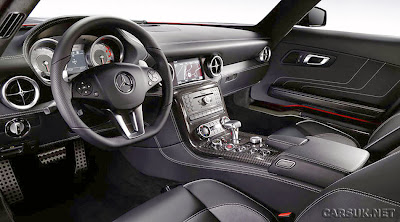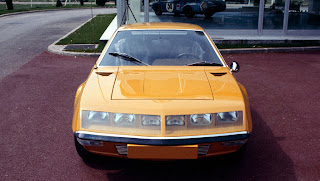Gearing and traction are necessary to turn power into speed. The part of the drivetrain have a massive impact on driving performance.
An engine revolves at anywhere between several hundres and several thousand times a minute. This would be too fast to turn the wheel directly, so an intermediate mechanism is needed. This is where the transmission comes in. the transmission uses different gears to transmit the appropriate amounts of power and speed to the wheels for any given situation.
 Lets look at how gears work. If a small gear is driving a larger gear, the larger gear will rotate slowly, but it’s torque will be increased. Conversely, if a large gear is driving a smaller gear, the smaller gear will turn faster, but with less torque.
Lets look at how gears work. If a small gear is driving a larger gear, the larger gear will rotate slowly, but it’s torque will be increased. Conversely, if a large gear is driving a smaller gear, the smaller gear will turn faster, but with less torque.The transmission can make use of these principles to fit the appropriate gear to the appropriate situation. A car need most power when accelerating from a standstill, and conversely, only need a small amount of power to maintain a steady speed. Thus, when accelerating from zero, a large gear (with slow rotation but high power) is used to transmit enough power to set the car in motion.
A large gear will create a lot of torque, but will rotate slowly. This means that in first gear, even revving to the limit will only produce speed of several tens of kilometers per hour. This is why several gear are used, gradually getting smaller as the driver shift up, and producing more speed and less torque. The ability to move freely between these gears allows the driver the use the right gear for the right situation.
 |
| automatic transmission |
On an actual car, in addition to the gears of the transmission which are connected directly to the engine, the overall gear ratio is determined by combining with another “final gear” that is between the transmission and the drive wheels. The gear ratio can greatly affect the driving characteristics of a car, and especially in circuit racing, the selection of the proper gears suited for the course will be a major key in improving your lap time.
























